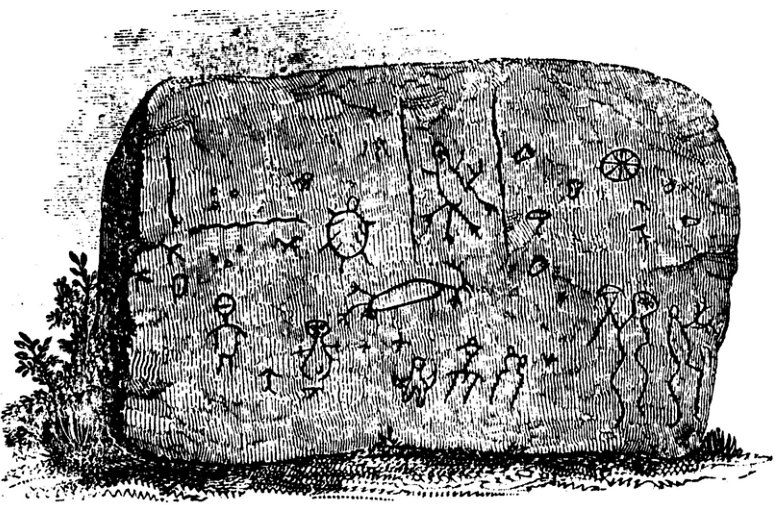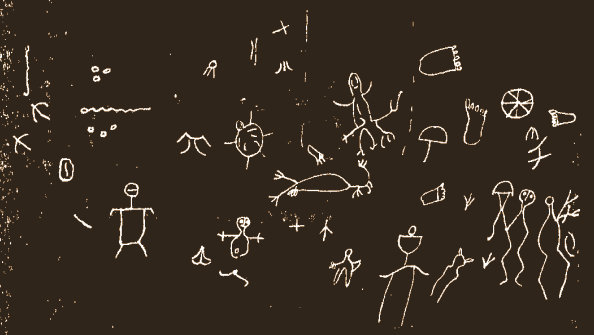At https://www.forbes.com/sites/jenniferraff/2019/01/12/fire-and-feces-may-… … it would seem genetics is out of sync with archaeology according to Jennifer Raff. The early peopling of the Americas is elusive but genetics would suggest the first people arrived much earlier than archaeologists allow. Genetics may not be as reliable as some scientists would claim but then again archaeology requires humans stumbling upon an ancient site. In other words, pot luck. What is firm about genetics is that Native Americans by and large are descended from a group of people who were themselves descendants of East Asians and ancient northern Eurasians before becoming isolated from further gene flow (during the Late Glacial Maximum, or LGM). Even this may be a misnomer as we don't know if humans were crossing the Arctic Ocean from northern Siberia to what is now Canada during the LGM – and isolation could have actually occurred post LGM (as a result of Siberia becoming cold and periglacial). It is assumed they became isolated on what is called Beringia – the area now mostly submerged, between NE Siberia and Alaska (its mountains surviving as islands of the Aleutians). Archaeology, on the other hand, supposes humans were living only in Beringia but archaeology is restricted as one cannot dig trenches on the bottom of the sea, and evidence is therefore severely restricted. The idea humans only expanded after the LGM is one of those paradigms that goes back to Clovis First, a fixation that still seems to sway attitudes. Okay, archaeologists have moved back the goal posts – but not very far. There is only one site, we are told, which may have evidence of occupation during LGM. That is the Bluefish Cave in northern Yukon. This site is virtually on the opposite side of the Arctic Ocean from the most likely origin area of migration. Bone in the cave has been dated as far back as 27,700 years ago.
A new study in Quaternary Science Reviews seeks to get the genetics somewhat closer to the archaeology. Sediment cores from a lake in the Brooks Range (mountains on the north slope of Alaska) contain charcoal particles dating between 32,000 and 19,000 years ago (the LGM period) and may or may not be evidence of human camp fires. They could also derive from landscape fire – but the particles do not occur in enough numbers to make that certain. Apparently, the lake was not glaciated during the LGM (which should be telling us something if nothing else). However, the sediment also contained traces of feces consistent with humans.
Meanwhile, at https://wvexplorer.com/2019/01/12/strange-carvings-greeted-west-virginia… … when European pioneers (mainly farmers) and explorers penetrated interior North America they came across artifacts of the people that preceded them – such as carvings, burial mounds, monuments, petroglyphs etc. Most of these have since been lost – or have never been properly recorded.


